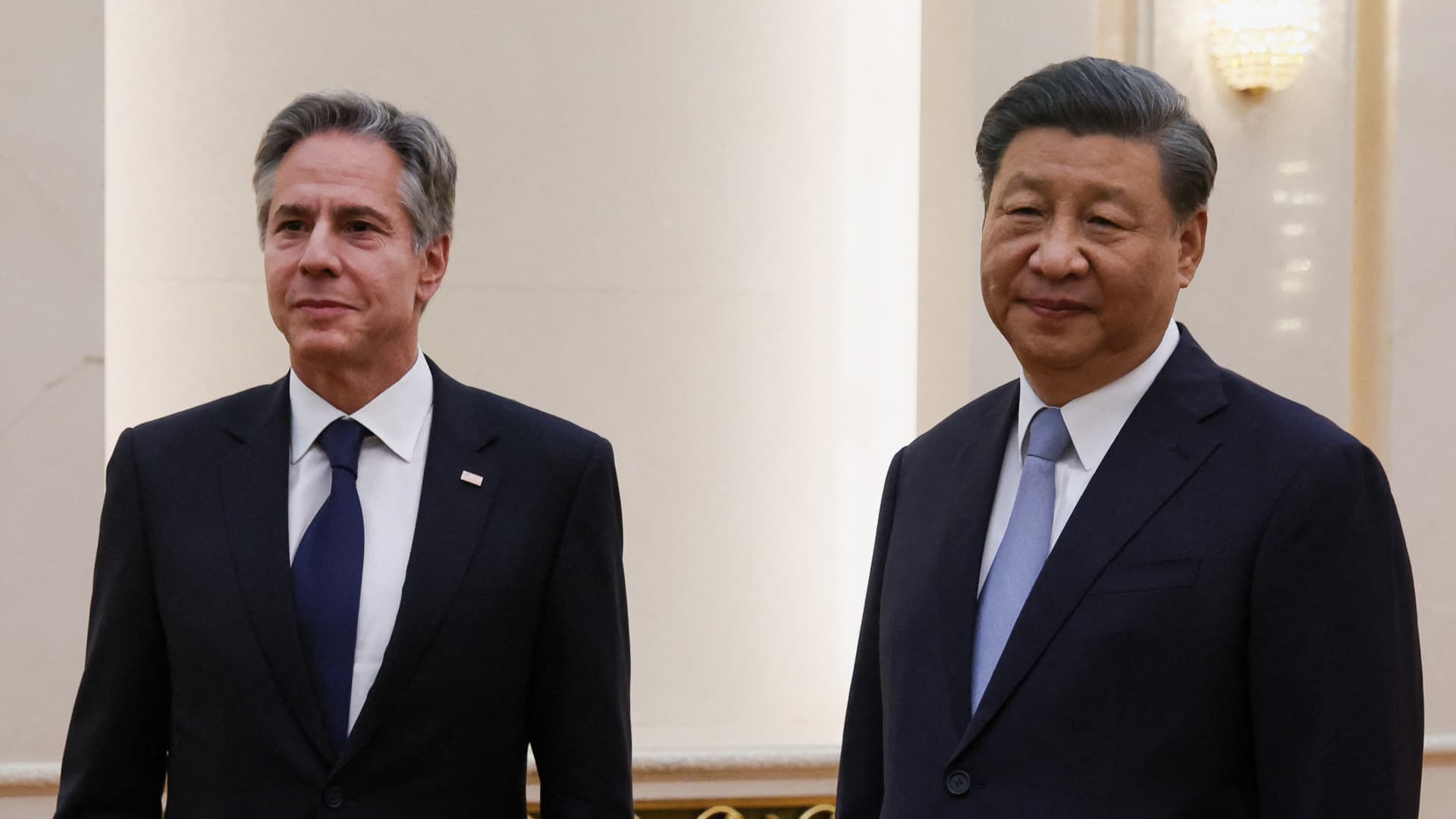China’s President, Xi Jinping, recently met with U.S. Secretary of State Antony Blinken in an attempt to improve relations between the two nations. However, analysts believe that the technology tensions between the U.S. and China, particularly in the realm of generative artificial intelligence (AI), will continue.
Both countries have been focused on gaining an advantage in key technologies, with the U.S. seeking to cut off China from advanced semiconductors and China striving to boost its self-sufficiency in technology. Despite hopes for improved relations, analysts believe that not much will change in terms of sanctions and business pressure.
Generative AI, which powers popular chatbot ChatGPT, is expected to become a major battleground in the U.S.-China tech supremacy race. The U.S. has recently made efforts to boost its domestic technology, including semiconductors, through initiatives like the Chips and Science Act. It is now expected that the U.S. will target generative AI development in China.
Large language models, which are essential for generative AI, require significant computing power and rely on specific semiconductors, such as those produced by U.S. firm Nvidia. The U.S. has implemented restrictions to prevent China from accessing these key chips, potentially hindering China’s AI development.
Furthermore, the U.S. is conducting an outbound investment review that will include restrictions on American investment into foreign companies, particularly those related to AI. These measures will likely indicate the direction of U.S. technology controls in the coming years.
While the U.S. has witnessed the success of ChatGPT and the subsequent AI arms race among American technology companies, Chinese tech giants have also taken notice. Companies like Baidu and Alibaba have announced plans and launched trials for their own ChatGPT rivals.
The recent meeting between Blinken and Xi focused on areas of cooperation like the climate crisis and the economy, but advanced technology remains a competitive area. Both sides are unwilling to compromise on certain issues, such as opening up the chip ecosystem to Beijing or scrutinizing Chinese investment in U.S. technology.
In conclusion, the battle for technology supremacy between the U.S. and China is intensifying, particularly in the field of generative AI. While attempts to improve relations have been made, analysts predict that tensions will persist and neither side is eager to bridge the growing differences.
Denial of responsibility! VigourTimes is an automatic aggregator of Global media. In each content, the hyperlink to the primary source is specified. All trademarks belong to their rightful owners, and all materials to their authors. For any complaint, please reach us at – [email protected]. We will take necessary action within 24 hours.


